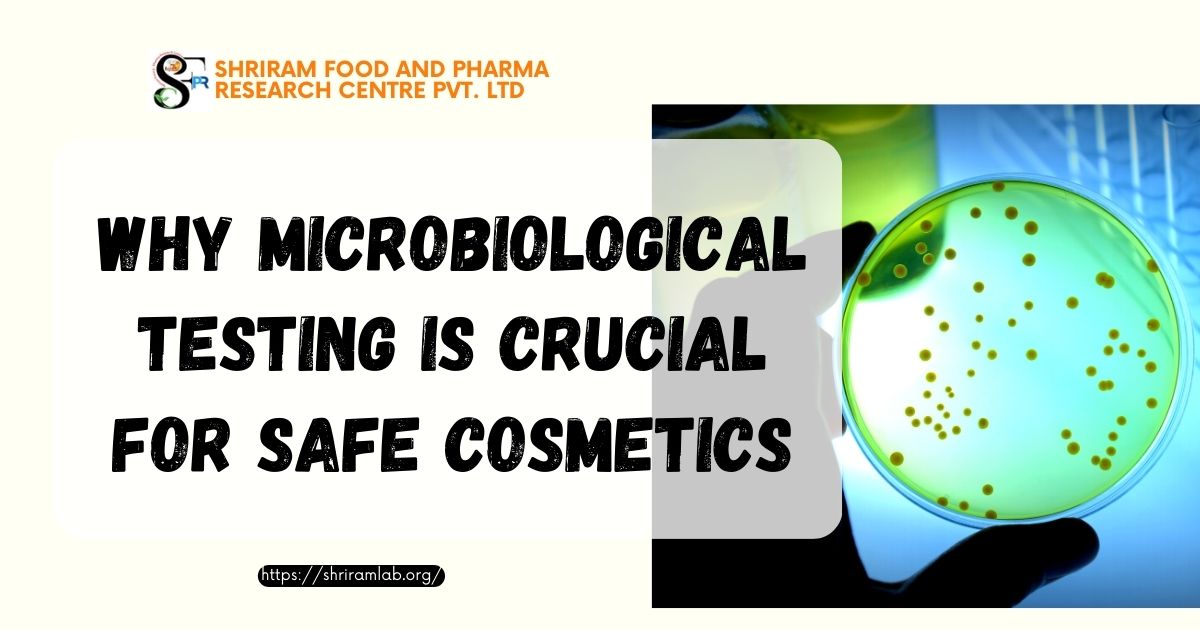Introduction
Food contamination is a significant concern that affects the safety and well-being of consumers. In this comprehensive guide, we delve into the intricacies of food contamination, exploring its various forms, associated health hazards, and the pivotal role played by regulatory bodies like the Food Safety and Standards Authority of India (FSSAI).
Understanding Food Contamination
Contaminants in food can encompass a range of substandard elements, including inferior quality, misbranded items, extraneous matter, and those with excess pesticides. The Food Safety and Standards Act, 2006, provides a legal framework identifying these contaminants, ensuring that the food we consume adheres to safety standards.
FSSAI’s List of Contaminants
The FSSAI has meticulously outlined contaminants, toxins, and chemical residues subject to food testing. Prohibited substances such as coloring agents, starch, and harmful additives like tartrazine and high-fructose corn syrup are strictly regulated to ensure consumer safety.
Common Food Contaminants and Associated Health Hazards
Understanding the specific contaminants in common foods is crucial for consumers. Here’s a breakdown of some prevalent contaminants and their health hazards:
Rice and other Food Grains
- Contaminant: Extraneous materials (sand, stones, filth)
- Health Hazard: Physical damage to teeth and gums, vomiting, nausea, and diarrhea if ingested.
Turmeric, Yellow Dals, and Pulses
- Contaminant: Metanil Yellow (non-permitted food color)
- Health Hazard: Toxic to the brain and spinal cord; long-term exposure can lead to liver cancer.
Green Vegetables
- Contaminant: Malachite Green (green dye)
- Health Hazard: Injurious to the liver; prolonged exposure can cause lung cancer.
Mustard Seeds/Oil and Edible Oils
- Contaminant: Argemone seeds/oil, mineral oil
- Health Hazard: Epidemic dropsy, severe glaucoma.
Paneer, Khoya, Milk, and Milk Products
- Contaminant: Starch
- Health Hazard: Decreases nutritional value; long-term consumption linked to pancreatic cancer.
Ice Cream
- Contaminant: Washing powder
- Health Hazard: Severe abdominal pain, abnormal liver function.
Black Pepper
- Contaminant: Papaya seeds
- Health Hazard: Stomach irritation, liver damage.
Tea Leaves/Powder
- Contaminant: Exhausted tea leaves
- Health Hazard: Liver cirrhosis; prolonged use may lead to cancer.
Coffee Powder
- Contaminant: Chicory powder
- Health Hazard: Diarrhea, stomach irritation, vomiting, dizziness, severe joint pains.
Health Hazards of Heavy Metal Contaminants
Heavy metals pose a significant threat to health, with lead, cadmium, and mercury being particularly concerning:
Lead
- Entry: Polluted air, contaminated food
- Health Hazard: Brain damage.
Cadmium
- Entry: Through food consumption
- Health Hazard: Kidney damage.
Mercury
- Entry: Consuming sea fish
- Health Hazard: Poisoning, especially in pregnant women and babies.
FSSAI’s Role in Preventing Food Contamination
The FSSAI, through the Food Safety and Standards Act, 2006, acts as a crucial safety net for consumers. It ensures strict penalties, including fines and imprisonment, for food business operators who compromise consumer health. In severe cases resulting in death, fines can go up to Rs. 10 lakhs with life-term imprisonment.
Conclusion
Food contamination, even in small amounts over time, can lead to severe health consequences. The cumulative impact, including the risk of various cancers, underscores the importance of robust regulations like the Food Safety and Standards Act, 2006. Consumers must remain vigilant, understanding their legal rights in the face of food contamination-induced harm to health.
In conclusion, a proactive approach from both regulatory bodies and consumers is essential to combat the pervasive issue of food contamination. By staying informed and advocating for stringent regulations, we can collectively contribute to a safer and healthier food supply chain.





